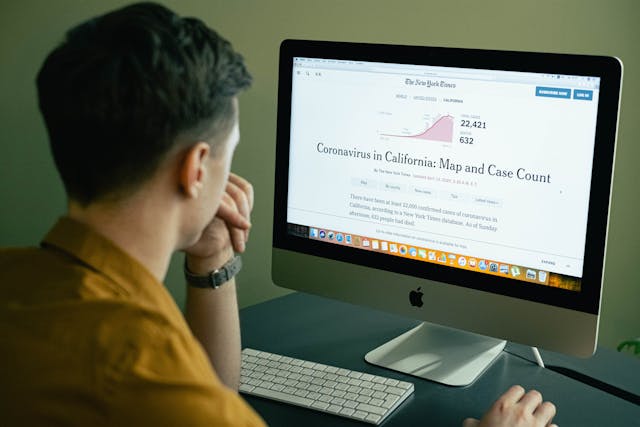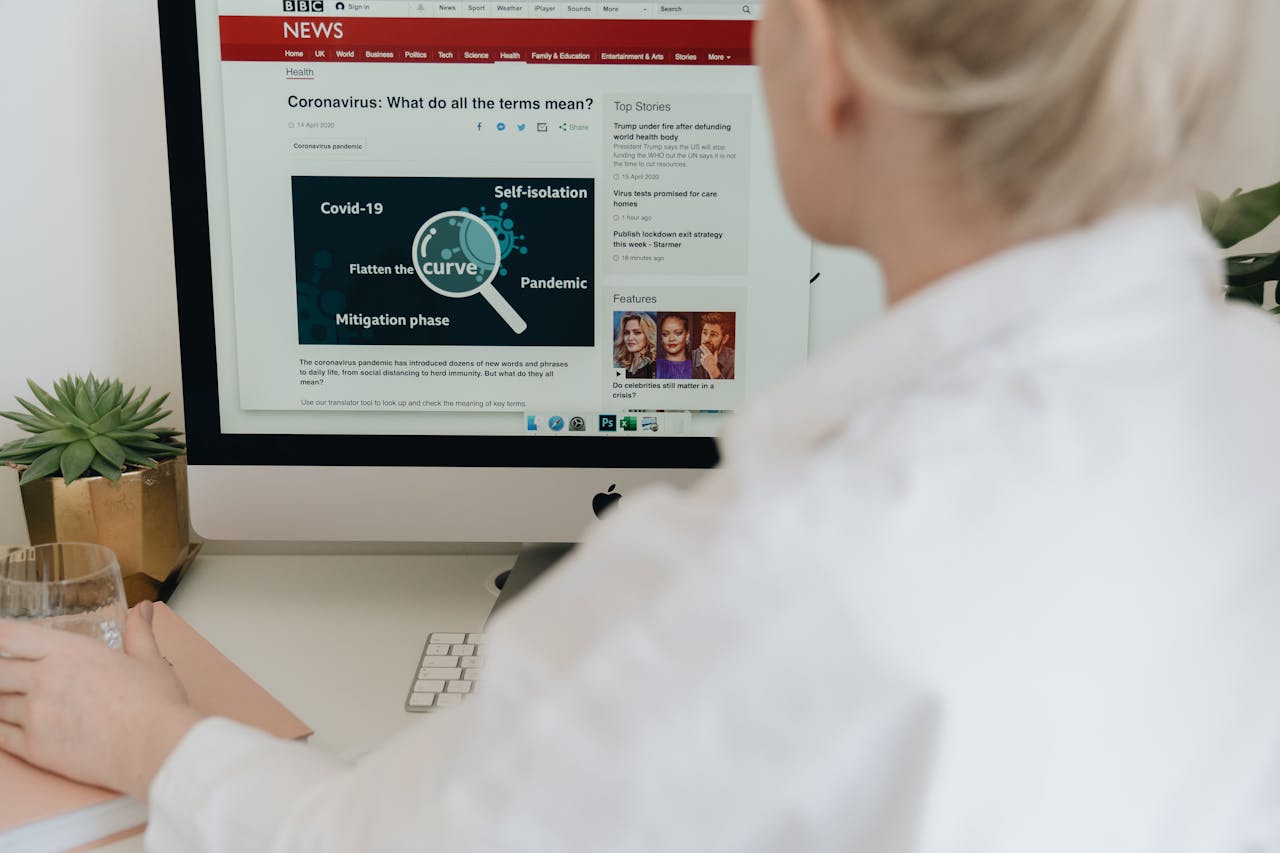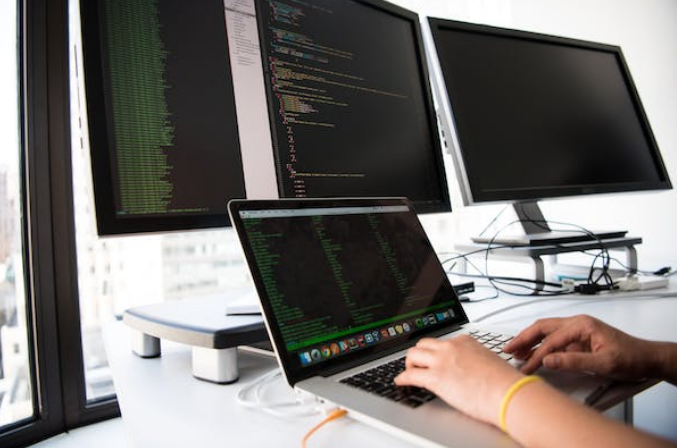The digital landscape is evolving at breakneck speed, and with it comes a new breed of misinformation: deepfake news videos. These highly sophisticated manipulations can distort reality in ways that seem almost magical. From political speeches to celebrity scandals, the potential for misuse is staggering.
As viewers, we find ourselves questioning what’s real and what’s fabricated, like what happened the first time we heard that the time to make the donuts actor, Michael Vale, died. But fear not—awareness is our greatest weapon against this burgeoning threat. By understanding how to identify these deceptive clips and knowing the tools available for verification, we can reclaim our ability to discern truth from fiction.
Open-Source Tools to Verify Suspicious Footage
When faced with dubious video content, open-source tools can be a lifesaver. They empower users to scrutinize footage effectively and spot potential signs of manipulation. Platforms like InVID allow you to break down videos frame by frame. This tool can analyze key elements such as metadata and source verification. It provides insight into the originality of clips that might otherwise slip under the radar. Another useful option is FotoForensics, which examines images for inconsistencies in pixelation or editing patterns. These subtle clues often reveal whether an image has been altered. Additionally, tools like TinEye help trace back where a video originated, establishing its authenticity through reverse image searching.

How BBC and Reuters Are Preparing Their Newsrooms
As deepfake technology evolves, news organizations like BBC and Reuters are stepping up their defenses. They recognize the potential threat that manipulated videos pose to public trust. Both outlets are investing in advanced training for journalists. This includes workshops on recognizing deepfakes and understanding the tools available for verification. By enhancing media literacy within their teams, they aim to foster a culture of skepticism towards unverified content. Moreover, these newsrooms are adopting cutting-edge software designed to detect alterations in video footage. This proactive approach allows them to filter out questionable material before it reaches viewers.
The Role of Blockchain in Authenticating Media
Blockchain technology is transforming how we authenticate media. By creating a decentralized ledger, it ensures that content remains tamper-proof and traceable. Each piece of media can be hashed and stored on the blockchain. This process generates a unique digital fingerprint. Anyone who views the footage can verify its authenticity against this record. Moreover, blockchain allows for clear attribution to original creators. It reinforces trust by providing transparency about who produced what content and when. This level of security is crucial in combating deepfakes and misinformation. As news organizations adopt these technologies, they gain powerful tools to maintain credibility in an era where fake visuals are rampant.
Why Watermarks Aren’t Enough Anymore
Watermarks used to be a reliable method for verifying authenticity. They served as a visual cue, giving viewers confidence in what they were watching. However, with the rise of deepfake technology, this reassurance is fading fast. Digital manipulation tools have evolved significantly. Today’s software can easily remove or alter watermarks without leaving a trace. This means that even if footage appears authentic at first glance, it may not be trustworthy. Moreover, audiences are becoming more sophisticated and skeptical. A simple watermark does little to convince them of credibility when misinformation spreads like wildfire on social media platforms.

How to Stop the Spread of Deepfake News
Deepfake news poses significant challenges for media consumers and journalists alike. To mitigate its spread, education is key. Individuals need to be informed about the existence of deepfakes and how they work. Teaching critical thinking skills can empower audiences to question what they see. News organizations must adopt a proactive approach as well. Collaborations between tech experts and journalists are essential in creating guidelines for identifying manipulated content. But most importantly, let’s use social media power. Enhanced algorithms that detect altered footage before it goes viral could significantly reduce misinformation’s reach.




